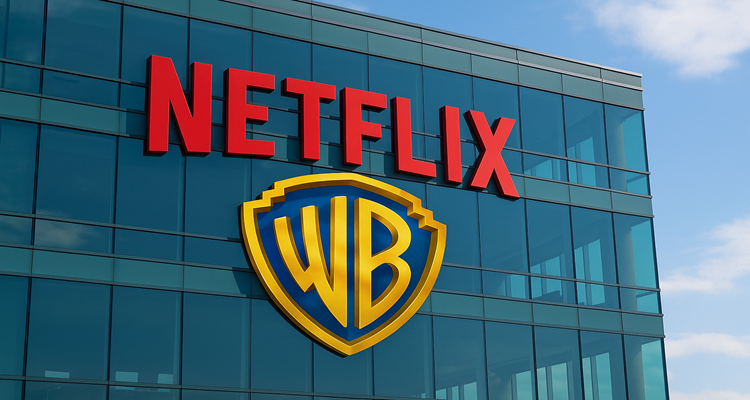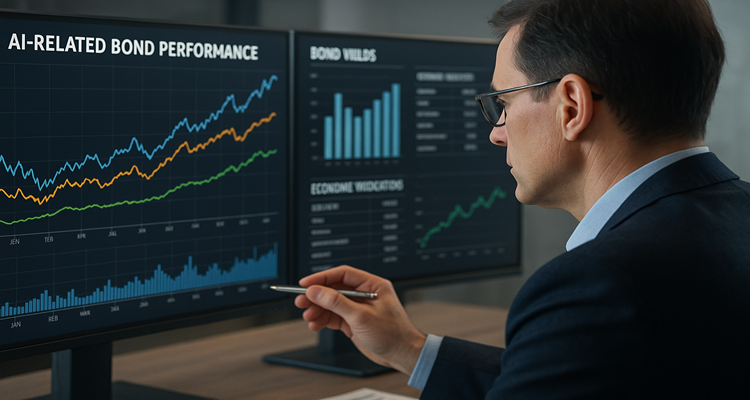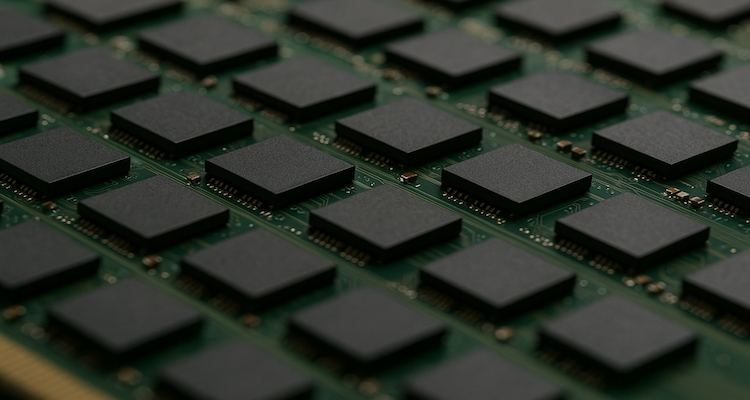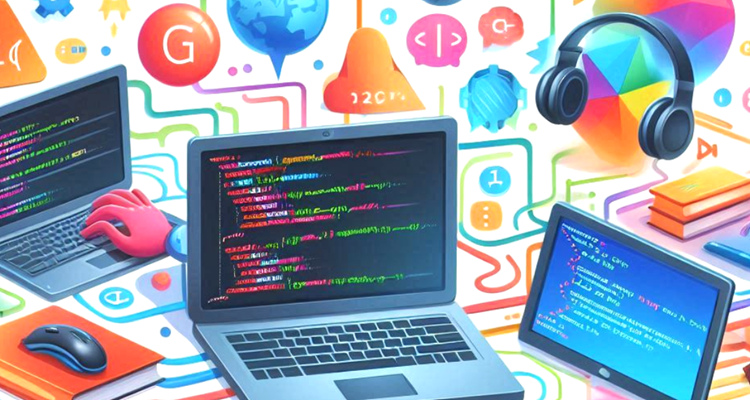Top Programming Language Trends Shaping the Future of Coding by 2025
Explore the key trends shaping the future of programming languages by 2025, including AI-driven tools, automation, and the rise of multilingual coding for better performance.
By 2025, programming languages will continue to evolve with trends such as multilingual programming, AI-driven tools, and automation. Functional programming, new languages like Julia and Go, and popular languages such as Python and Rust will define the future of coding. This article explores these trends and their impact on the software development ecosystem.
The Future of Programming Languages: Key Trends to Watch by 2025
The world of programming languages is evolving rapidly, driven by technological advancements and the changing needs of industries. As we approach 2025, it’s clear that new trends in coding will continue to shape the software development landscape. This article delves into some of the most significant trends that will influence the future of programming and the development ecosystem.
The Rise of Multilingual Programming
One of the most noteworthy trends to emerge is the increasing use of multiple programming languages within a single project. Developers are no longer confined to mastering a single language; instead, they are combining languages like Python, JavaScript, and Rust to achieve optimal performance and functionality. This multilingual approach allows for better versatility and efficiency, enabling teams to tailor code for specific project needs. By 2025, this practice is expected to become even more widespread, as developers seek to balance the strengths of various languages.
Functional Programming on the Rise
Another key trend is the growing popularity of functional programming languages like Haskell and Scala. These languages are gaining traction due to their ability to handle complex data transformations and their emphasis on code reliability. The shift towards more declarative and immutable code styles aligns with the industry’s need for efficient, reliable software development. As developers continue to embrace these approaches, functional programming is set to play a larger role in the future coding landscape.
New Programming Languages on the Horizon
Innovation in programming languages is constant, with new languages being introduced to meet specific needs or improve upon existing paradigms. For instance, Julia is emerging as a high-performance language for numerical computation, while Go stands out for its simplicity and efficiency in concurrency programming. These new languages are pushing the boundaries of what developers can achieve, and by 2025, we can expect even more groundbreaking languages to enter the field.
Key Programming Languages to Watch
Several programming languages are expected to dominate the software development landscape in 2025:
-
Python: Known for its versatility and extensive libraries, Python remains a top choice for developers in fields like data science, artificial intelligence (AI), and web development. Its popularity shows no signs of waning.
-
Rust: Rust is gaining recognition for its focus on safety and performance, making it a strong contender for system-level programming. Its memory safety guarantees and efficient execution make it ideal for high-performance applications.
-
Kotlin: With its interoperability with Java and modern language features, Kotlin is increasingly used for Android development and server-side applications. Its continued evolution will likely cement its place in both mobile and web development.
-
Swift: Apple’s programming language, Swift, is essential for iOS and macOS development. Its ongoing improvements and feature additions ensure its relevance within the Apple ecosystem, particularly for mobile and desktop applications.
AI and Machine Learning’s Impact on Programming
Artificial intelligence (AI) is revolutionizing the coding process, with tools like OpenAI’s Codex enabling AI-driven code generation. These technologies allow developers to write code more efficiently by providing automated suggestions or even generating entire sections of code based on natural language inputs. This trend is expected to reduce manual coding efforts, making software development more accessible to a broader audience.
In addition, machine learning frameworks like TensorFlow and PyTorch are advancing the field of programming. These libraries enable developers to create data-driven applications more easily, further influencing the development of languages tailored specifically for machine learning and AI.
The Role of Automation in Programming Evolution
Automation is another critical factor shaping the future of programming languages. Low-code and no-code platforms are democratizing software development by allowing non-technical users to create applications without extensive coding knowledge. These platforms rely heavily on visual programming languages, simplifying the development process and expanding access to software creation.
Furthermore, automation tools are streamlining the development process. Tools for testing, deployment, and continuous integration are becoming increasingly popular, driving the need for programming languages that support these automated workflows. By 2025, we can expect even more advancements in this area, as developers seek to enhance productivity and accuracy in their projects.
As we look toward 2025, it’s clear that the future of programming will be shaped by trends such as multilingual programming, AI-driven code generation, and the growing influence of automation. Developers who stay up to date with these trends will be well-positioned to thrive in an ever-evolving technological landscape.
(Disclaimer: The information presented in this article is based on current trends and projections. The actual evolution of programming languages may vary based on technological advancements and industry needs.)
Also Read: Will Artificial Intelligence Surpass Human Intelligence? Unraveling the Future of AI











